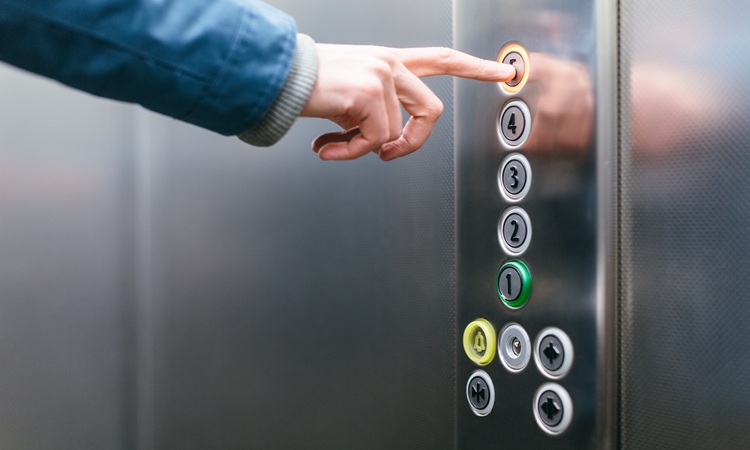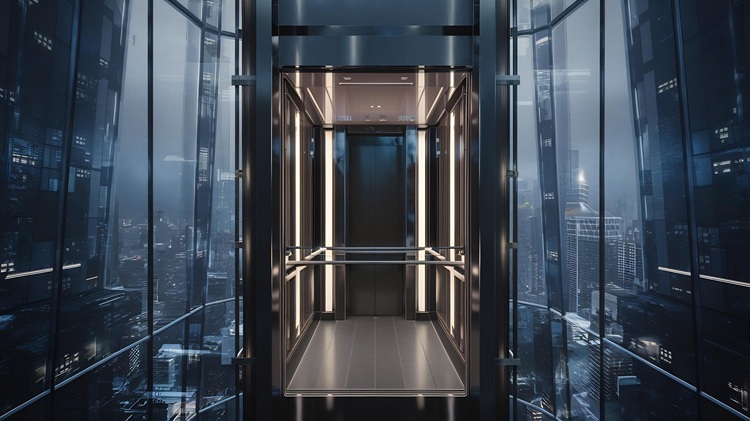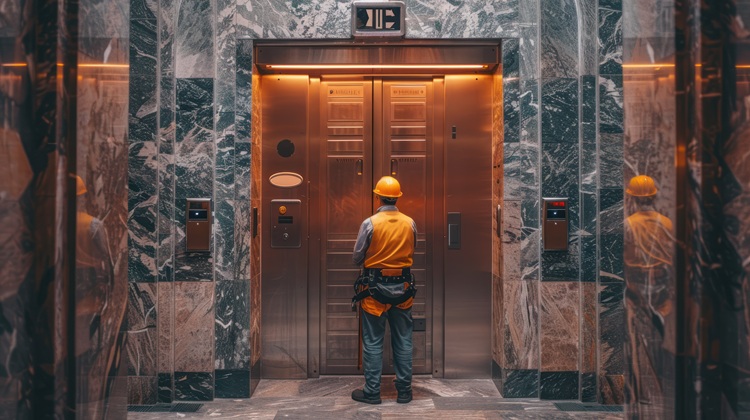15-Point Passenger Lift Inspection Checklist
Post Date : Jan 08, 2025
Lift maintenance includes identifying, assessing, and resolving problems that may lead to a breakdown or malfunction using a lift inspection checklist. Over the course of its life, a lift will need regular maintenance as well as a regimen of regular maintenance operations. Without a maintenance schedule, a damaged lift part can be undetected until it requires costly repair.
-
Passenger cabin maintenance
- The external call button lights should be inspected and replaced.
- Make sure there are no obstacles in the way of the door's smooth opening and closing.
- Examine the walls, ceiling, and railings for any damage.
- Examine all of the lights, including the control panel's, and swap out any that are broken.
- Make sure the lift user can readily utilize the emergency phone to contact the local fire department or emergency helpline.
- Check the settings on the firefighter lift.
- To guarantee precise and seamless operation, test the lift's acceleration, deceleration, and leveling.
2. Inspection of the machine room
- Verify that the machine room is free of any prohibited materials and that it is clean.
- Examine each component for leaks, odd vibrations, or wear.
- Check for damage, failure, or overheating in all electrical wiring.
- Verify the oil level.
- Lubricating elevator parts should be done as needed.
3. Pit maintenance
- Check for wear or any snags on the lift cable.
- Check the rollers, switches, and guide rails for damage.
- Make sure the sump pump is clean.
- Verify the spring buffers' tight attachment. Verify that the alignment and corrosion are correct.
Why is it crucial to do an elevator maintenance inspection?
An undiscovered defect in an elevator can result in a big disaster. A substantial repair is required if there is no maintenance plan in place. This substantial repair can be costly and inconvenient, especially in buildings where elderly or ailing residents must travel above the first floor to their residences. Maintaining an elevator over its lifecycle will decide the value of an elevator proportional to it. If an elevator is properly maintained, the building owner may not suffer financial risk, liability difficulties, and irate tenants.
How often are lift inspections required?
A qualified person must inspect the equipment and elevators. This complete inspection, which should include checking all equipment and even the most important parts, should be carried out on a regular basis.
Typically, an examination ought to be conducted at the following intervals:
- Equipment used to lift people or passengers should be replaced every six months.
- For lifting attachments, every six months.
- For any other lifting equipment, every 12 months.
An elevator inspector should conduct their examination in accordance with industry standards.
Conclusion
To sum up, routine lift maintenance and inspections are essential to guaranteeing the longevity, effectiveness, and safety of passenger elevators. A thorough 15-point inspection checklist lowers the chance of expensive repairs and hazardous malfunctions by assisting in the early detection of possible problems. In addition to protecting users, proper maintenance reduces liability concerns, maintains the equipment's value, and raises tenant satisfaction. In order to maintain elevators' smooth and dependable operation and provide building owners and residents with peace of mind, scheduled inspections by certified experts who follow industry standards are crucial.






